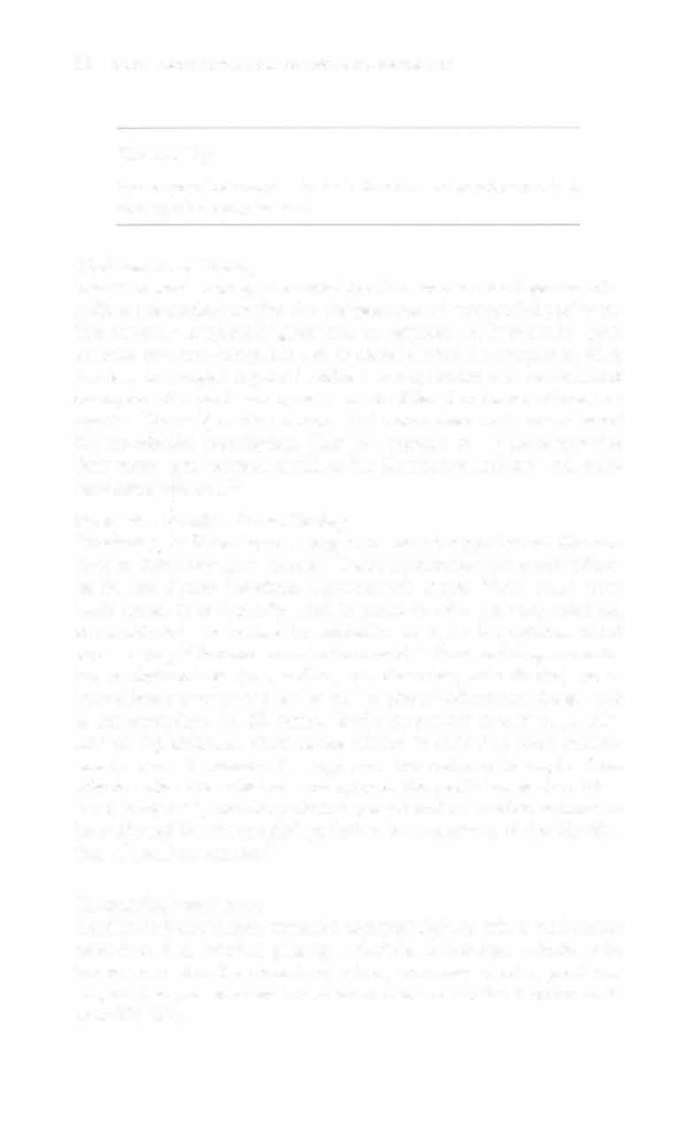i bc27f85be50b71b1 (15 page)
Read i bc27f85be50b71b1 Online
Authors: Unknown
minute(s) of infusion. This image can then be compared to baseline
recordings.33 If needed, atropine is occasionally added to facilitate a
greater HR response for the test.33 Low-dose DSE has the capacity
to evaluate the contractile response of the impaired myocardium.
Bellardinelli et al." have demonstrated that improvements in functional capacity after exercise can be predicted by low dose DSE.
Patients with a positive contractile response to dobutamine were
more likely to increase their Vo,max after a 1 0-week exercise program. Having a positive contractile response on the low-dose DSE
had a positive predictive value of 84% and a negative predictive
value of 59%.35 With research such as this study beginning to demonstrate the prognostic value of certain medical tests for determining functional prognosis, physical therapists will need to be prepared to critically assess this area of literature in order to assist
the medical team in determining the level of rehabilitative care for a
patient during his or her recovery.
Exercise Testing
Exercise testing, or stress testing, is a noninvasive method of
assessing cardiovascular responses to increased activity. The use of
exercise testing in cardiac patients can serve multiple purposes,
which are not mutually exclusive. The most widespread use of
exercise testing is as a diagnostic tool for the presence of coronary
artery disease. Other uses include determining prognosis and
severity of disease, evaluating the effectiveness of treatment, early


34 ACUTE CARE HANDBOOK FOR I'HYSICAl THERAPISTS
deteclion of labile hypertension, evalualion of CHF, evalualion of
arrhythmias, and evaluation of functional capacity.33 Exercise testing involves the systematic and progressive increase in intensity of activity (e.g., treadmill walking, bicycling, stair climbing, arm
ergometry). These lests are accompanied by simultaneous ECG
analysis, BP measurements, and subjective reports, commonly
using Borg's Rating of Perceived Exertion ( RPE).36,37 Occasionally,
the use of expired gas analysis can provide useful information
about pulmonary function and maximal oxygen consumption.33
Submaximal tests, such as the 12- and 6-minute walk leSlS, can be
performed to assess a patient's function. For further discussion of
the 6-minute walk test, refer to Appendix IX.
Submaximal tests differ from maximal tests because the patient is
not pushed to his or her maximum HR; instead, the test is terminated at a predetermined end point, usually at 75% of Ihe palient's predicted maximum HR J8 For a comparison of rwo widely used
exercise test protocols and funclional activities, refer to Table ·1 - 12.
For a more thorough description of submaximal exercise testing, the
reader is referred to Noonan and Dean.38
Contraindications 10 exercise testing include the following39;
• Recent MI (less Ihan 48 hours earlier)
• Acute pericarditis
•
Unstable angina
•
Ventricular or rapid arrhythmias
•
Untreated second- or third-degree heart block
•
Decompensated CHF
• Acute illness
Exercise test results can be used for the design of an exercise
prescription. Based on the results, the patient's actual or extrapolated maximum HR can be used 10 delermine the patient's target HR range and a safe aClivity intensity. RPE with symptoms during
the exercise test can also be used to gauge exercise or activity
intensilY. (Especially in subjects on beta-blockers-please refer to
Ihe Physical Therapy Intervention section of this chapter for a discussion on the use of RPE.)



CARDIAC SYSTEM
35
Table 1-12. Comparison of Exercise Test Protocols and Functional Tasks
Energy Demands
Oxygen
Require-
Treadmill:
Bike Ergometer:
mems (ml
Metabolic
Bruce PrOtocol
for 70 kg of
O,Jkr/
EquivaJenrs
Functional
3·Min Stages
Body Weight
min)
(METS)
Tasks
(mph/elevation)
(kr/min)
52.5
1 5
49.5
14
45.5
1 3
4.2/16.0
1,500
42.0
1 2
1,350
38.5
1 1
1,200
35.0
10
jogglg
j 3.4114.0
1,050
3 1 .5
9
900
28.0
8
750
24.5
7
S t
2.5112.0
21.0
6
talr
600
climbing
17.5
5
1 .7/10.0
450
14.0
4
w1kJg
300
(level
Surfre)
10.5
3
150
7.0
2
Bed exer-
cise (arm
exercises
in supine
or sining)
Sources: Data from Amencan Heart Association, Comminee on Exercise. Exercise Testing
and Traimng of Apparently Healthy Individuals: A Handbook for Physicians. Dallas, 1972;
rcse
and GA Brooks, TO Fahey, TP Whlre (eds). Exe i Physiology: Human Bioenergetics and
Its Applications (2nd ed). Mountain View, CA: Mayfield Publishmg, 1 996.

36 ACUTE CARE HANDBOOK FOR PHYSICAL THERAPISTS
Clinical Tip
Synonyms for exercise tests include exercise tolerance test
and graded exercise test.
Thallium Stress Testing
Thallium stress testing is a stress test that involves the injection of a
radioactive nuclear marker for the detection of myocardial perfusion.
The injection is typically given (via an intravenous line) during peak
exercise or when symptoms are reported during the Stress test. After
the test, the subject is passed under a nuclear scanner to be evaluated
for myocardial perfusion by assessment of the distribution of thallium
uptake. The subject then returns 3-4 hours later to be re-evaluated
for myocardial reperfusion. This test appears to be more sensitive
than stress tests without thallium for identifying patients with coronary artery �isease. 12
Persantine Thallillm Stress Testing
Persantinq thallium stress testing is the use of dipyridamole (Persantine) to dilate coronary arteries. Coronary arteries with atherosclerosis do not dilate; therefore, dipyridamole shunts blood away from these areas. It is typically used in patients who are very unstable,
deconditioned, or unable to ambulate or cycle for exercise-based
stress testing.33 Patients are asked to avoid all food and drugs containing methylxantines (e.g., coffee, tea, chocolate, cola drinks) for at least 6 hours prior to the test as well as phosphodiesterase drugs, such
as aminophyline, for 24 hours. While the patient is supine, an infusion of dipyridamole (0.56 ml/kg diluted in saline) is given intravenously over 4 minutes (a large-vein intracatheter is used). Four minutes aftet the infusion is completed, the perfusion marker (thallium) is injected, and the patient is passed under a nuclear scanner to be evaluated for myocardial perfusion by assessment of rhe disrriburion of rhallium uprake."
Cardiac Catheterization
Cardiac catheterization, classified as either right or left, is an invasive
procedure that involves passing a flexible, radiopaque catheter into
the heart to visualize chambers, valves, coronary arteries, great vessels, cardiac pressures and volumes to evaluate cardiac function (estimate EF, CO).
